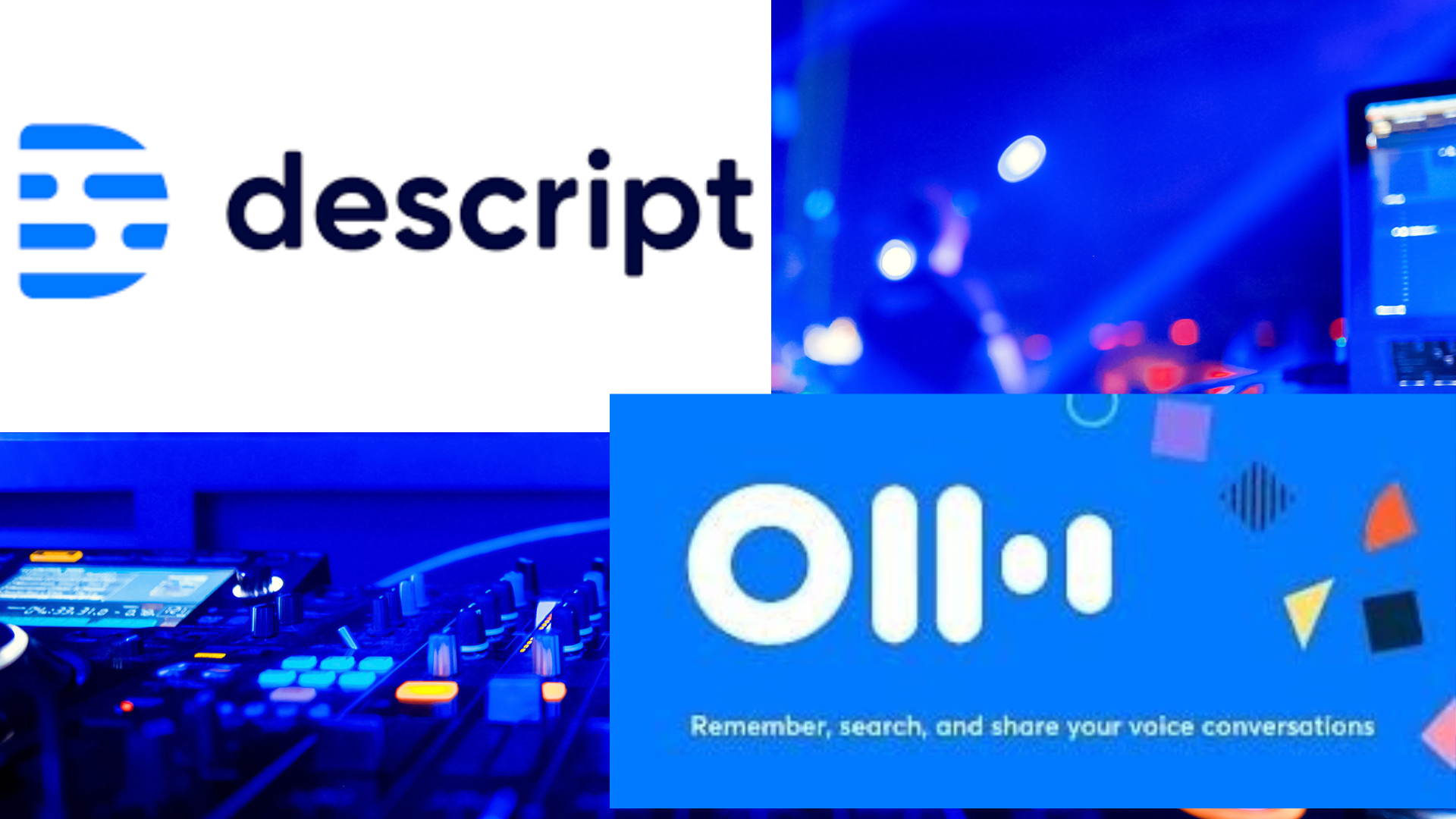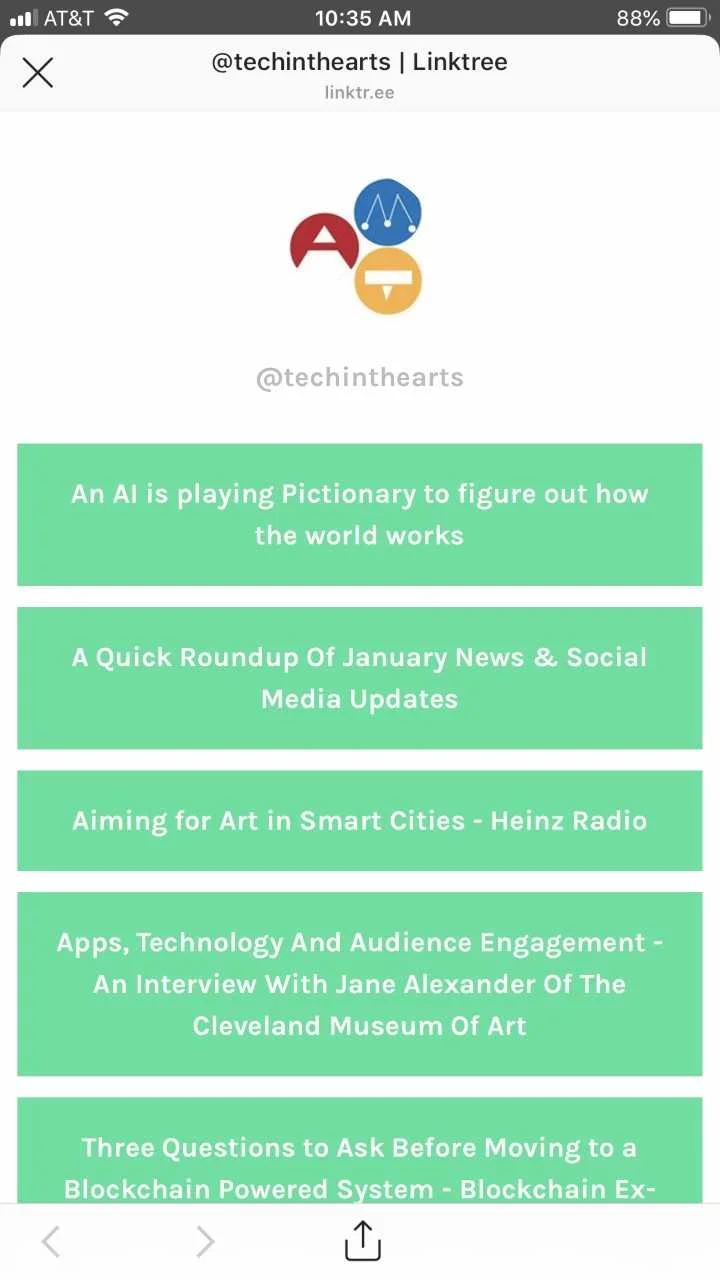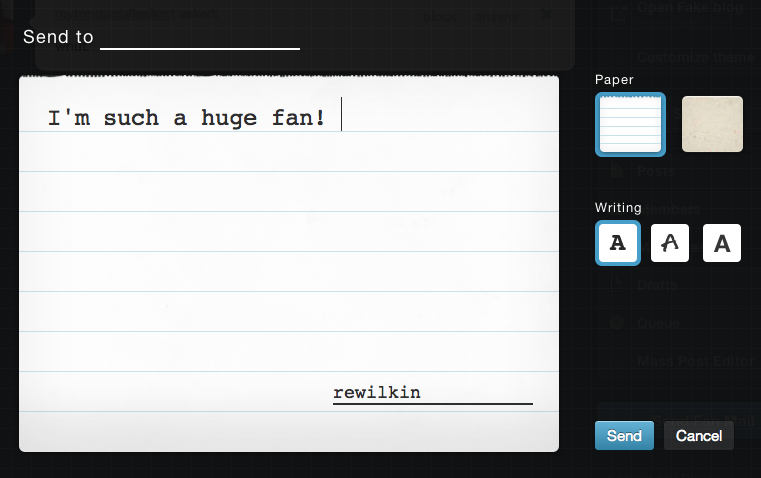While Instagram may be one of the most popular social media platforms, it lacks a convenient link-sharing within an individual post. Fortunately, there are tools available to circumvent this issue.
WikiLoot: A Proposal to Battle Art Smuggling with Crowdsourcing
If they do indeed exist, the Greek and Roman Gods are bound to be upset. Century after century, they have been removed from their temples in Italy and Greece to be preserved, conserved, and admired in heathen lands. Even in Egypt, the rage of the pharaohs could only be an incandescent gold. But what must really infuriate these divinities and demigods is when they are looted, smuggled, and acquired illegally.
Can "Highlight," a Location-Based Application, Serve the Arts?
Back from South by Southwest (SxSW), a few of our Technology in the Arts staff members are buzzing about the exciting digital apps, tech tools, and conversations they participated in during their jam-packed, no sleep, wild partying (just kidding…kind of…) trip to Austin, Texas, last month. One of the most talked about technologies from the SxSW interactive conference was and continues to be Highlight, a location-based application available for free for the iPhone at the iPhone App Store.
Let's Talk About Tumblr
Tumblr has not been discussed here in over a year, which I believe to be an egregious error. Since it’s undergone some significant changes since our last post, let’s revisit this microblogging platform (which is one of my personal faves). Our original post covered the basics of Tumblr, so if you haven’t checked it out, maybe that’s a good way to get up to speed.
This article is part one of a three part series about Tumblr for arts organizations. The second part can be found here, and the third part will be posted April 27, 2012.
Tumblr was launched in 2007 and is very popular amoung Millennials. Half of users are under the age of 25, and about 20% are in the 25-34 range. The average user spends over two hours on the site per visit and as of 9:00 EST this very morning Tumblr had 19.7 billion posts from 49 million blogs.
Tumblr has some features that are new or a bit different since our last post, including:
The new posting Dashboard - Image via Tumblr.com
Revamped Messaging System A slew of spam messages last year caused the website to reconsider how users message one another. The main communication issue still remains (inability to have a real discussion), users can only post short replies to posts with questions or if the users have the “reply” option enabled. Messages are limited to a certain number of characters and cannot contain links.
Fan Mail The new messaging system does contain a “Fan Mail” feature, which is exactly what it sounds like. Users can customize the appearance of short messages to their favorite blogs who have this function enabled.
Tumblr Fan Mail - Image via Tumblr.com
Share on Tumblr Like Pinterest, Tumblr has a bookmark button that allows users to grab content from anywhere on the web and share it on their Tumblr.
Mass EditTumblr has a mass post edit feature! Now you can easily select posts, delete them, and alter their tags.
There are still some challenges when it comes to Tumblr:
Bye bye Directory The Directory was an aggregation of Tumblr’s top blogs, organized by category. With its disappearance, Tumblr has become even more of a clique – it's hard to find Tumblr blogs unless you already know where to find them. Tumblr still recommends blogs that would be relevant to your interests on your Dashboard, but since you have to have a Tumblr and follow enough blogs for them to know what you like and make a recommendation… It’s a little bit Catch-22.
Success Metrics There’s still the challenge of measuring the impact of your posts. Tumblr has made it easy for you to install Google Analytics to your blog, but offers no internal solutions. (It is still awesome to have a post blow up and go viral though).
Overall, Tumblr is still an interesting blogging platform, with a lot of opportunities for arts organizations to connect with a young demographic. The first week of April will feature the second part of this series: a Mini-Nar on creating your own Tumblr. We’ll also talk about some best practices, including how to fully utilize a GPOY, interacting with your community, and the importance of GIFs. Get hype! Go enjoy your weekend! Don’t burn yourself with that new iPad!
Yelp about Yelp
We've all heard the cliche, "Everyone's a critic," but Yelp puts that into practice. Yelp is a Web site whose content is driven by real people giving their own reviews on what's available in their cities: restaurants, stores, hotels, and (here's where it gets interesting) arts and entertainment. Anyone can sign up to be a Yelper. Then, on with the griping or the applauding or the mehing. With lots of traffic headed Yelp's way (almost 4 million people visited Yelp in April 2007, according to their site), suddenly the collective opinions of the average Joes out there become quite powerful.
Has your organization been Yelped?
I first heard about Yelp while I was at the 2007 NAMP conference in beautiful Miami. The speaker mentioned that he had heard of some businesses who, after receiving negative Yelps, had posted signs declaring "No Yelpers Allowed!"
What a terrible thing to do! It would have been so much better to hang a sign, "Yelpers welcome. Please let us know if we can help you in any way during your visit. Enjoy!"
In fact, Yelp itself offers a guide for business owners that provides great advice on how to handle your organization's image on Yelp. Their list of "Do's" and "Don'ts" is educational and extremely helpful. There is also information about other services that are available to enhance your listing and visibility, but these probably cost a little bit of lolly and don't really seem necessary to effectively promote your company.
So, check it out, see if you've been Yelped, and maybe get involved. Heck, maybe even hang a "Yelpers Welcome" sign or have a "Yelpers Night." And keep an eye open. This type of community reviewing is going to become more and more popular since it aggregates honest (we hope) and open communication from a variety of viewpoints rather than a those of a lone critic.








